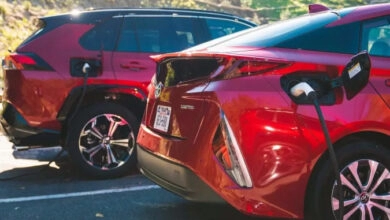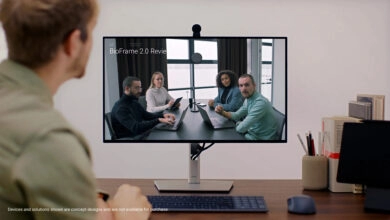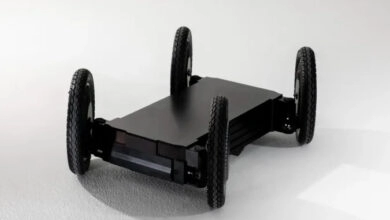Netflix has begun cracking down on account sharing

Some users of the streaming content platform received a message warning that if they did not own the account, a new one had to be created.
Netflix has started testing a feature that might discourage users from sharing a subscription password through a system that in addition to notifying sends a verification code to the original user.
Some users of the streaming content platform have seen, when logging in, that their TV screen displayed a message informing them that if they did not own the account, a new one had to be created.
The message, first reported by The Streamable, is part of a test that the tech company has initiated to ensure that the subscriber or who lives with the subscriber. And to make sure of that, send a verification code.
This is one of netflix’s “hundreds of tests” each year, as a spokesperson has informed to CNBC. In this case, the test is supposed to make sure that only the people using the Netflix accounts are authorized to do so,” he says.
This test does not currently have a clear purpose, as it could discourage users from sharing an account’s password, but also prevent it from being accessed by unauthorized third parties. This would benefit users who had their password hacked or stolen during a security breach.




